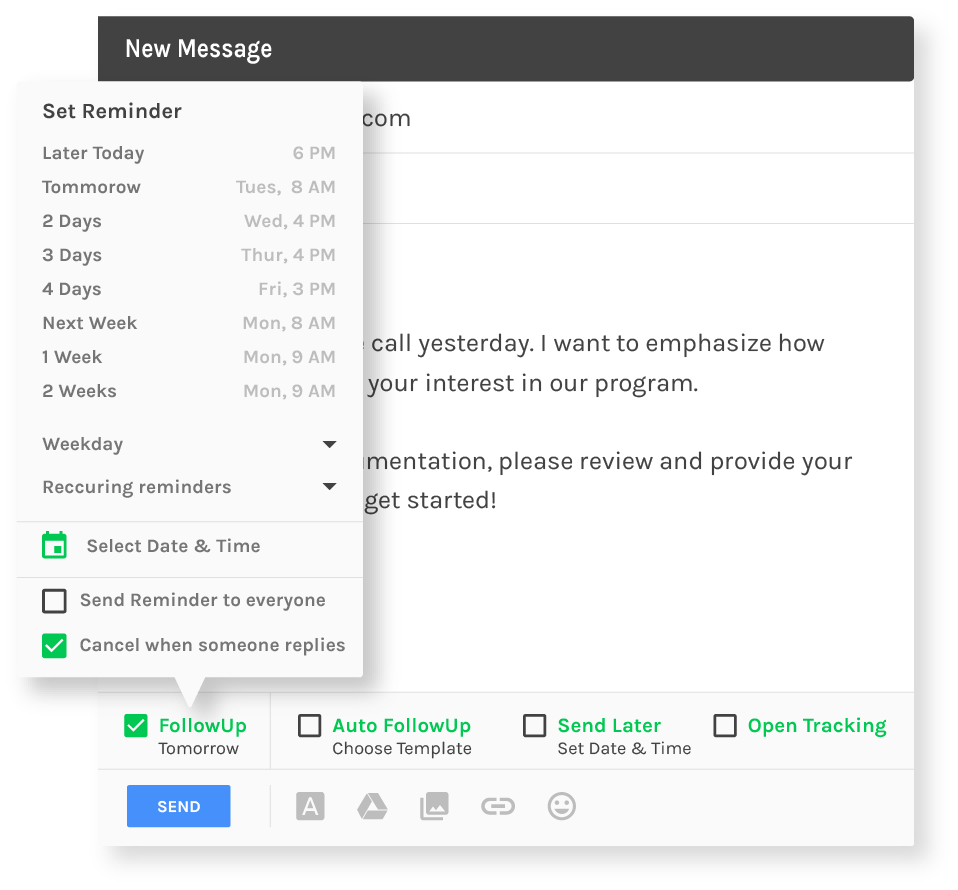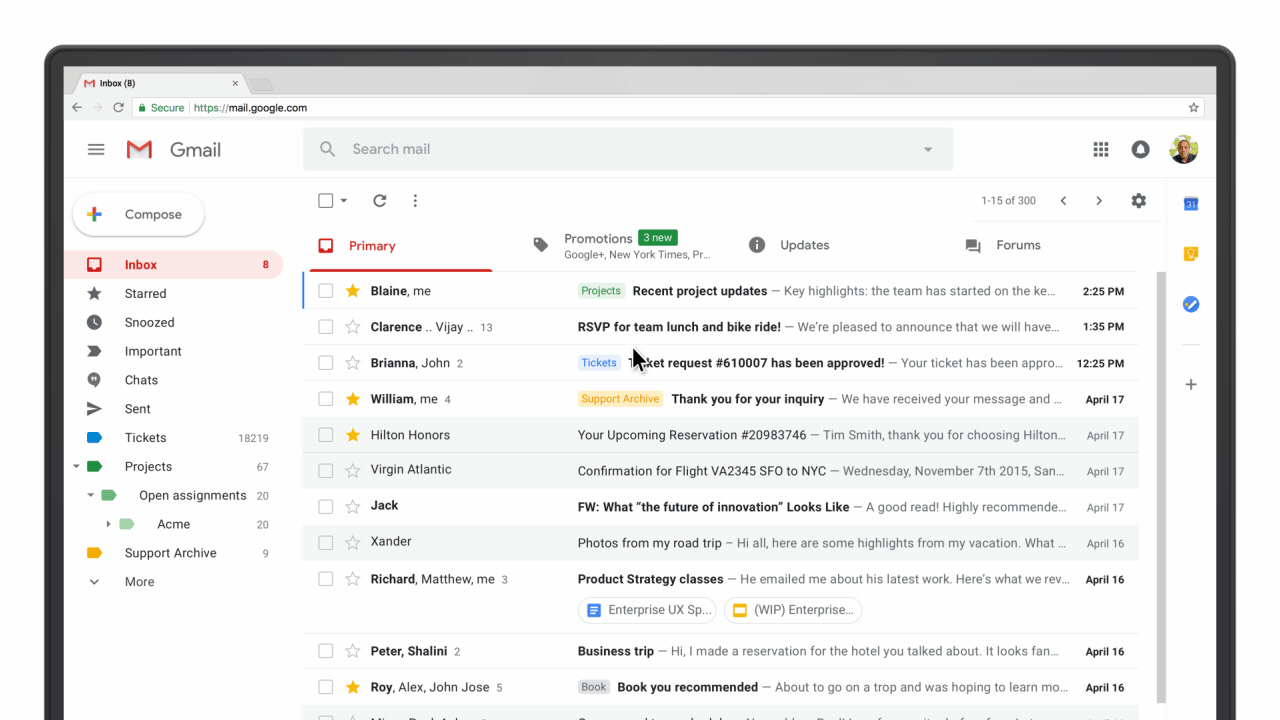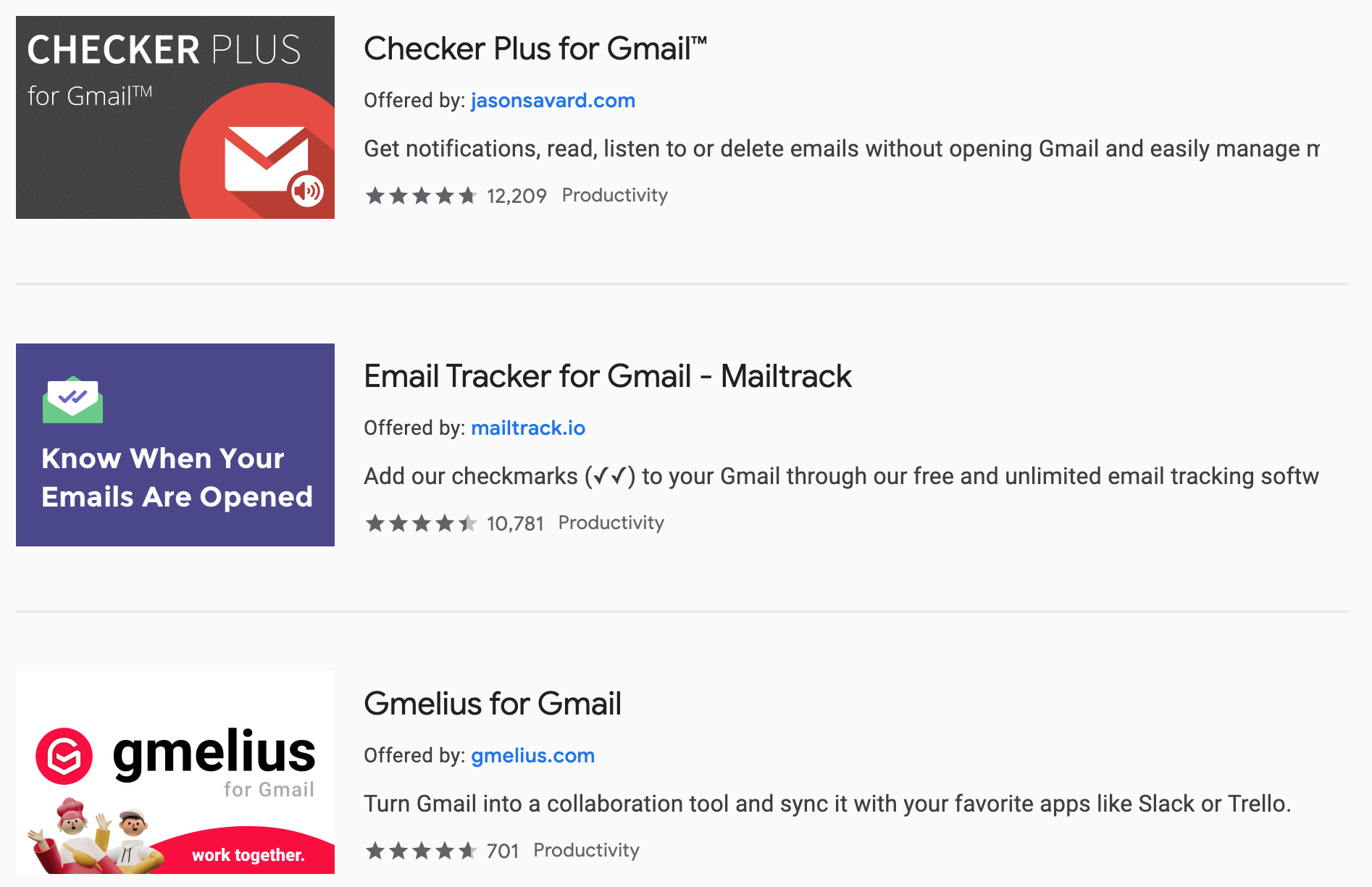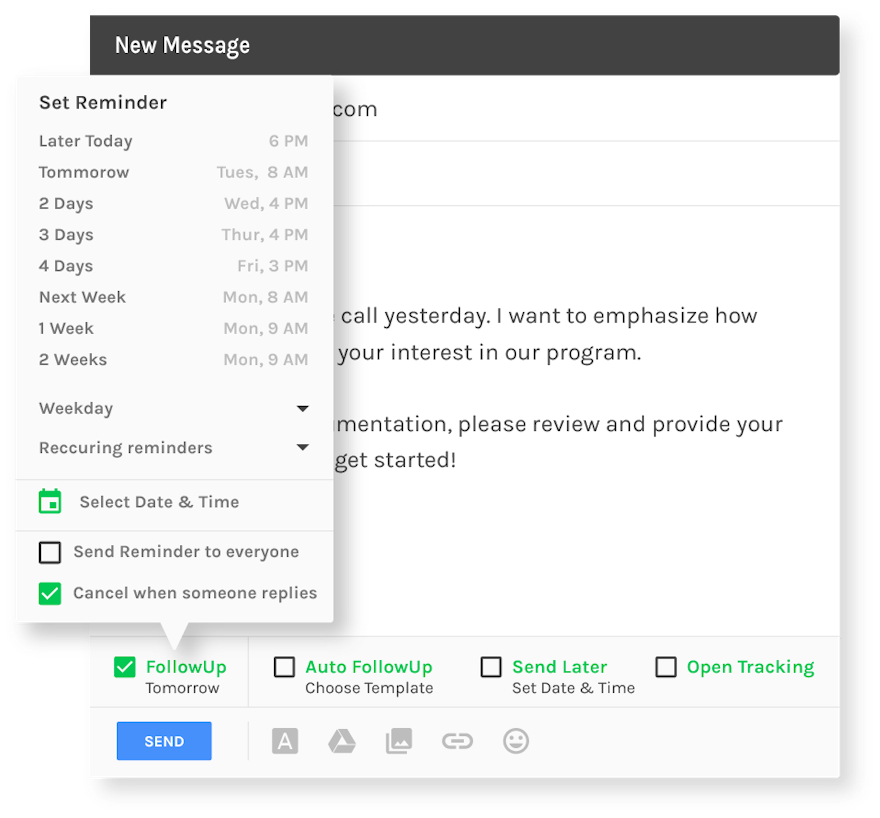When we started off with our business, many sceptics asked us about our dependency on Gmail. This was (and still is) a very relevant question.
Our personal CRM is built on Gmail and totally depends on it. If Gmail kicks us out or copies us, we’d be in real trouble. We have of course really good reasons to believe that this will not happen but it’s our biggest business risk and the best way to keep this in mind is to look at what is happening to other companies.
Today, we will be looking at FollowUp - a tool that sends you gentle reminders about your contacts when it’s time to reach back out. Here is how it works.
How does FollowUp.cc work?
What’s really great about this app is that it literally lives inside Gmail. You install it as a chrome extension and it will add some buttons to the bottom of your emails. It just adds itself to the flows you’re already used to inside Gmail.

As you can see on the screenshot, you simply select a follow-up time for emails that you want to make sure to get reminders about and at the chosen time, the email will pop-up again on the top of your inbox.
Wait, isn’t Gmail already doing this?
Wait, isn’t Gmail already doing this?
That’s the catch. There was a time where this feature was unheard of! Many Gmail users asked for it and a small number of Gmail Add-ons appeared to respond to this demand, including FollowUp.
At some point, the demand grew big enough that it attracted Gmail’s attention and they simply decided to build this feature themselves, killing many small internet businesses.
Here is how this feature looks like in Gmail:

This big business behaviour is very popular at Amazon as well. They let anyone sell products through their third party merchants platform and monitors sales closely. Once a product gets popular, Amazon starts to sell it themselves.
In the case of FollowUp, it must have had a devastating effect as Gmail copied literally every feature including:
The ability to snooze emails to later in time
The ability to schedule an email to be sent later in time
Their value as a business was reduced by 90% and it’s unclear if they will survive this devastating blow.
While their story is tragic, it’s an important reminder that when you build your business upon someone else’s business, you’re at high risk of being copied and destroyed if you get too successful.
How to mitigate risks as a Gmail Add-on business
At Nat, we’re putting a lot of thoughts into this as we really don’t want to get surprised in the way FollowUp did.
Really understand what Google Mail is and wants to be
With over 1B users, Gmail has to cater to a very broad audience. Besides moving super slow, this means that they can only build features that a majority of their audience wants and needs. For example:
Fast browser experience
Great spam filtering
Reading emails on the go
Here are a few popular Gmail Add-ons:

A Gmail shortcut app that lets you read and respond to emails fast, an email opening tracker and a team collaboration tool in Gmail. I would consider all three of those businesses to be in big danger. They represent general email needs.
Tracking email opens is becoming more and more socially acceptable and it’s easy to imagine Gmail implementing such a feature, an official Gmail chrome extension would destroy Checker Plus and with G Suite, Google is clearly taking on apps like Gmelius.
How can they protect themselves?
Moats you can build for your Gmail Add-on business
Your brand is key. Google will never be awesome at customer support for example. If FollowUp.cc had great customer support, they could compete on this and target businesses.
Another brand aspect is content and guides. GMass is really good at this. They produce super high-quality content that applies perfectly to email marketers.
Choose your customers
Gmail will always primarily target consumers. By targeting businesses or specific niches, you can avoid getting cannibalised by Gmail because they simply can’t target those same customers due to their existing user base. Superhuman is a great example of this.
Build usage flows that don’t fit Gmail’s own flows
This is what we are focusing on at Nat, mainly because it is a simple solution. Gmail will always be about an inbox, getting new emails and dealing with them.
Nat is about a contact list that is built by a smart AI-based on your interaction data. For the same reason that it would be difficult to integrate our app inside Gmail’s UI, it will be very difficult for Gmail to integrate a similar product in their app. This is a very powerful protection for your business.

